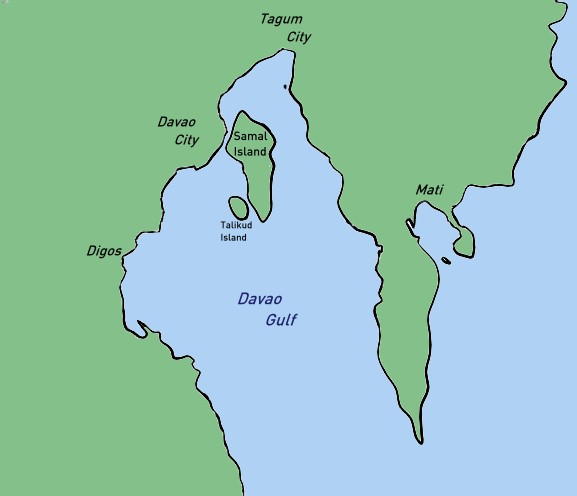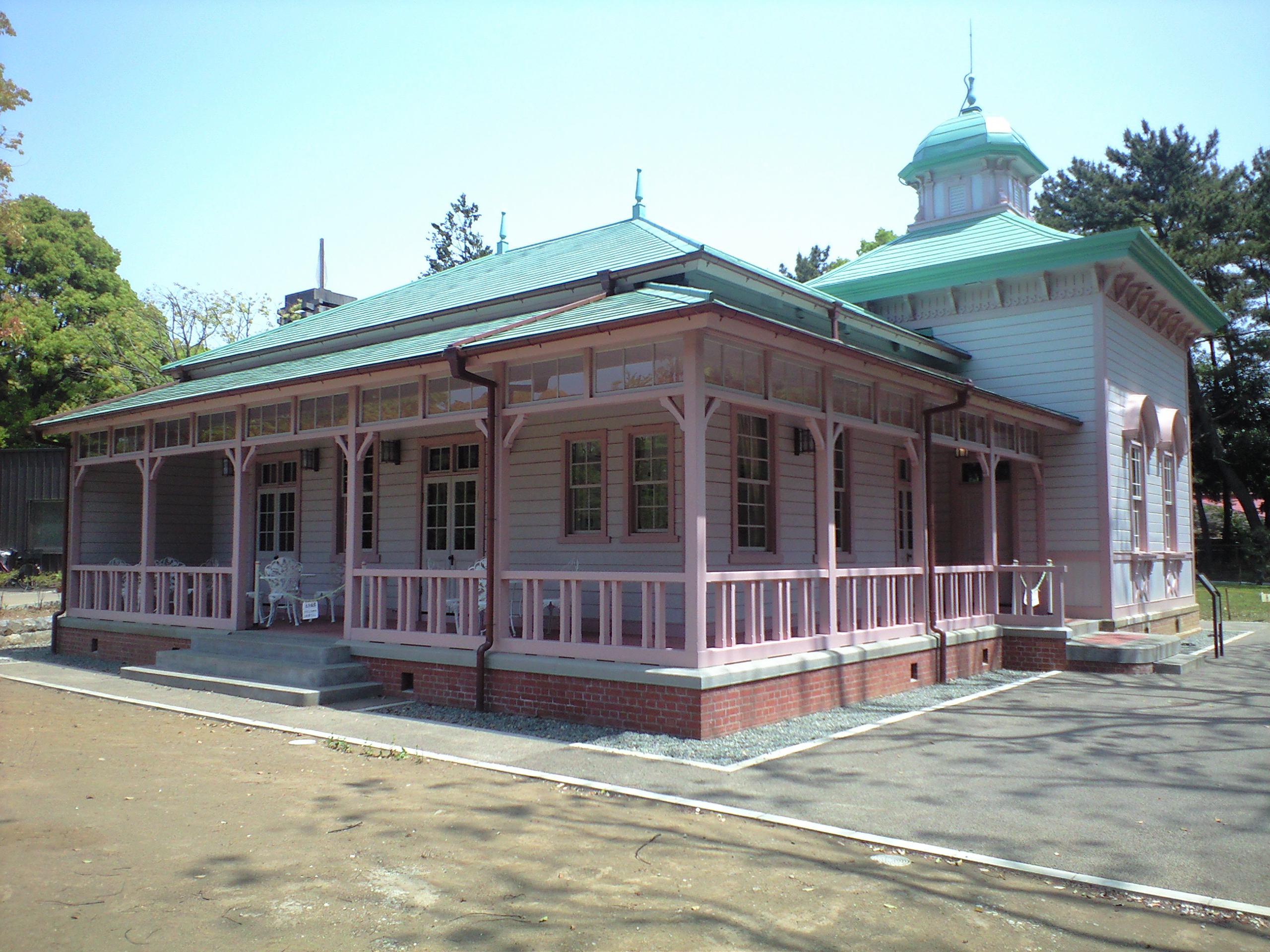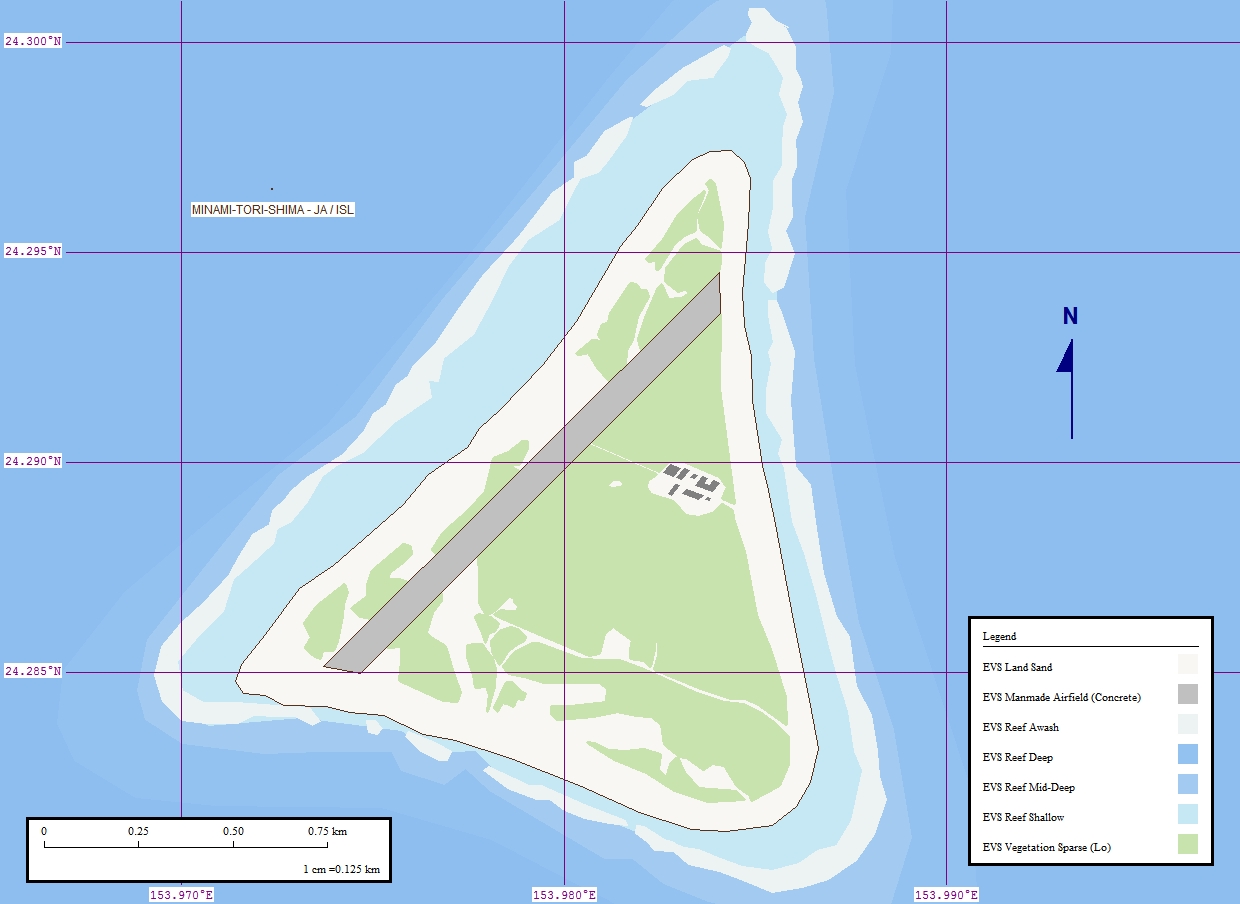|
Imperial Japanese Navy Bases And Facilities
This is a list of Imperial Japanese Navy bases and facilities Bases * Atsugi Naval Air Base - now Naval Air Facility Atsugi operated by the Japan Maritime Self-Defense Force (JMSDF) and the US Navy * Kure Naval Base - now a Japan Self-Defense Forces facility and museum * Maizuru Naval Base ** Maizuru Naval District - now a Japan Self-Defense Forces facility and museum * Hiroshima Naval Base * Oroku Aerodrome/Oroku Naval Air Base - now the Naha Airport/ Naha Air Base (JSADF, but the MSDF also has a presence) * Kōchi Airfield - now Kōchi Ryōma Airport * Truk Islands naval base * Tokushima naval base with seaplane base opened in 1941 Dockyards * Yokosuka Dockyards - now US Navy Yokosuka Ship Repair Facility and United States Fleet Activities Yokosuka * Ishikawajima Naval Yard (Sumida River) - now IHI Corporation shipyard * Kure Naval Dockyards - now Universal Shipbuilding Corporation shipyard owned by JFE Holdings and Hitachi Zosen Corporation * Sasebo Naval Dockyards * ... [...More Info...] [...Related Items...] OR: [Wikipedia] [Google] [Baidu] |
Kure Naval Arsenal
was one of four principal naval shipyards owned and operated by the Imperial Japanese Navy. History The Kure Naval District was established at Kure, Hiroshima in 1889, as the second of the naval districts responsible for the defense of the Japanese home islands. Along with the establishment of the navy base, a ship repair facility was also constructed, initially by moving the equipment from the Onohama shipyards near Kobe. Construction was supervised by the French engineer Louis-Émile Bertin. The first warship constructed at Kure, '' Miyako'', was launched in 1897. The "Kure Shipyards" were officially renamed the "Kure Naval Arsenal" in 1903. Kure developed into one of the largest shipbuilding facilities in the Empire of Japan, capable of working with the largest vessels. The Arsenal included a major steel works (built with British assistance), and also facilities for producing naval artillery and projectiles. The battleships ''Yamato'' and '' Nagato'' were designed and ... [...More Info...] [...Related Items...] OR: [Wikipedia] [Google] [Baidu] |
Philippines
The Philippines, officially the Republic of the Philippines, is an Archipelagic state, archipelagic country in Southeast Asia. Located in the western Pacific Ocean, it consists of List of islands of the Philippines, 7,641 islands, with a total area of roughly 300,000 square kilometers, which are broadly categorized in Island groups of the Philippines, three main geographical divisions from north to south: Luzon, Visayas, and Mindanao. With a population of over 110 million, it is the world's List of countries and dependencies by population, twelfth-most-populous country. The Philippines is bounded by the South China Sea to the west, the Philippine Sea to the east, and the Celebes Sea to the south. It shares maritime borders with Taiwan to the north, Japan to the northeast, Palau to the east and southeast, Indonesia to the south, Malaysia to the southwest, Vietnam to the west, and China to the northwest. It has Ethnic groups in the Philippines, diverse ethnicities and Culture o ... [...More Info...] [...Related Items...] OR: [Wikipedia] [Google] [Baidu] |
Davao Gulf
Davao Gulf is a gulf situated in the southeastern portion of Mindanao in the Philippines. It has an area of or about 520,000 hectares. Davao Gulf cuts into the island of Mindanao from the Philippine Sea. It is surrounded by all five provinces in the Davao Region. The largest island in the gulf is Samal Island. Davao City, on the Gulf's west coast, is the largest and busiest port on the gulf. The Bagobo and the Kaagan / Kalagan, who are the indigenous Lumad tribes endemic to Davao, are known inhabitants of the said gulf. Wildlife The gulf water is regarded as one of the most diverse cetacean habitats in the nation, being home to at least 10 species of toothed whales and dolphins such as sperm whales and beaked whales. Also, whale sharks and sea cows are seen frequently. Furthermore, several ecological phenomena have been observed in Davao Gulf such as a previously unknown predator of the crown-of-thorns starfish The crown-of-thorns starfish (frequently abbreviated to COTS ... [...More Info...] [...Related Items...] OR: [Wikipedia] [Google] [Baidu] |
Piso Point
Piso Point is a former Japanese naval base throughout World War II which is located at the eastern portion of Davao Gulf, across from Davao City, Philippines. It was also a harbor for Japanese suicide boats which had been harassing American shipping in Davao Gulf. During the liberation of the Philippines from the Japanese on May 14, 1945, many of the Japanese suicide boats were annihilated by the U.S. Navy. History During World War II, When the Japanese invaded the southern Philippines, they occupied Davao City anPiso Point Piso Point is also strategically located at the south with many overhanging trees which allow the Japanese to initiate camouflage attacks against their enemies. However, in April 1945, The U.S. Army was given the mission to eradicate Japanese troops in Davao City and in both eastern and western portion of Davao Gulf. O Edgar D. Hoagland,Bulkley, Robert Johns. ''At Close Quarters: PT Boats in the United States Navy''. Paperback, July 24, 2010, pp. 429, 430. ... [...More Info...] [...Related Items...] OR: [Wikipedia] [Google] [Baidu] |
Naval Support Facility Kamiseya
(UIC 0557A) is a detachment of U.S. Naval Air Facility, NAF Atsugi, Japan. The facility is located on the Kantō Plain, approximately northeast of NAF Atsugi, and WNW of Yokohama. The base consists of with within the fence line. It has 184 buildings (including three bachelor quarters and 68 housing units) and a plant property value of $100 million. Base population consists of 300 sailors, their families and personnel who work on the facility. The western gate is open during the day to the public. It follows into a field of about 400 meters long, with a helipad in the Northern section. This area is an excellent kite flying location, though remote controlled devices are prohibited. After World War II, this former Imperial Japanese Navy torpedo manufacturing facility was used by the United States Navy as a Signals intelligence - radio communications intercept station until it ceased such operations in the late 1990s. On September 24, 1965, a fire broke out in one of the operati ... [...More Info...] [...Related Items...] OR: [Wikipedia] [Google] [Baidu] |
Hiratsuka Navy Ammunitions Arsenal
The was the principal manufacturer of gunpowder, explosives, ammunition and artillery shells for the Imperial Japanese Navy. It was located in the town of Ōno (now part of the city of Hiratsuka), Kanagawa Prefecture, Japan. History The Hiratsuka Naval Ammunitions Arsenal was initially established as a private joint venture enterprise by the foreign firms of Armstrong Whitworth, Nobel, and Vickers in September 1905. All three companies were very active in the supply of weaponry for warships to the early Imperial Japanese Navy. The plant was purchased by the Navy in April 1919 and came under the operational control of the Imperial Japanese Navy Technical Department. Its facilities were greatly expanded from 1939–1941 due to the military buildup before the start of the Pacific War. The facilities consisted of seven plants: * Smokeless powder for rockets and artillery * Nitrocellulose and mixed acids production * Various acids and hydrogen production * Design and engineering, pr ... [...More Info...] [...Related Items...] OR: [Wikipedia] [Google] [Baidu] |
Imperial Japanese Army
The Imperial Japanese Army (IJA; , ''Dai-Nippon Teikoku Rikugun'', "Army of the Greater Japanese Empire") was the principal ground force of the Empire of Japan from 1871 to 1945. It played a central role in Japan’s rapid modernization during the Meiji period, fought in numerous conflicts including the First Sino-Japanese War, the Russo-Japanese War, World War I, the Second Sino-Japanese War, and World War II, and became a dominant force in Japanese politics. Initially formed from domain armies after the Meiji Restoration, it evolved into a powerful modern military influenced by French and German models. The IJA was responsible for several overseas military campaigns, including the invasion of Manchuria, involvement in the Boxer Rebellion, and fighting across the Asia-Pacific during the Pacific War. Notorious for committing widespread Japanese war crimes, war crimes, the army was dissolved after Japan's surrender in 1945, and its functions were succeeded by the Japan Ground Self-D ... [...More Info...] [...Related Items...] OR: [Wikipedia] [Google] [Baidu] |
Chichi-jima
is the largest and most populous island in the Japanese archipelago of Bonin or Ogasawara Islands. Chichijima is about north of Iwo Jima. in size, the island is home to about 2,120 people (2021). Connected to the mainland only by a day-long ferry that runs a few times a month, the island is nonetheless organized administratively as the seat of Ogasawara Village in the coterminous Ogasawara Subprefecture of the Tokyo Metropolitan Government. Together with the Volcano and Izu Islands, it makes up Japan's Nanpō Islands. Some Micronesian tools and carvings have been found elsewhere in the Bonins, but Chichijima was long uninhabited when it was rediscovered. Ignored by the Spanish, Dutch, and Japanese Empires for centuries, it was finally claimed by a passing British captain in 1828 and settled by an international group from the Kingdom of Hawaii two years later, the original nucleus of the Ōbeikei ethnic group. Britain subsequently yielded to Japanese claims and co ... [...More Info...] [...Related Items...] OR: [Wikipedia] [Google] [Baidu] |
Minami Torishima Airport
is a one runway airport serving the island of Minami Torishima, Japan. The aerodrome used to be a military airstrip and according to the Japanese Aeronautical Information Service, is still operated by the Japan Maritime Self-Defense Force. History The airstrip existence dates to 1935 when the Imperial Japanese Navy built one to serve a meteorological station. The original airfield consisted of two airstrips (cleared area of 4000' and 4500', but only shorter sections used as landing area) in a v-shaped formation. The airstrips facilities were damaged by US bombing of the island during World War II, and was re-built with a single runway by the United States Naval Mobile Construction Battalion 9 in 1964. Until 1993, the airstrip was used and controlled by the United States Coast Guard to service the nearby LORAN-C station. In 2009 the airstrip was transferred to the Japan Maritime Self-Defense Force which currently retains control of the airstrip. It is used by the Japan Me ... [...More Info...] [...Related Items...] OR: [Wikipedia] [Google] [Baidu] |
Minami-Tori-shima
sometimes Minami-Tori-shima or Minami-Torishima, also known as Marcus Island, is an isolated Japanese coral atoll in the northwestern Pacific Ocean, located some southeast of Tokyo and east of the closest Japanese island, South Iwo Jima of the Volcano Islands, and nearly on a straight line between mainland Tokyo and Wake Island, further to the east-southeast. The closest island to Minamitorishima is East Island in the Mariana Islands, which is to the west-southwest. It is the easternmost territory belonging to Japan, and the only Japanese territory on the Pacific Plate, past the Japan Trench. Although small (), it is of strategic importance, as it enables Japan to claim a exclusive economic zone in the surrounding waters. It is also the easternmost territory of Tokyo, being administratively part of Ogasawara Subprefecture. No civilians live there, except personnel of the Japan Meteorological Agency, Japan Self-Defense Forces (JSDF), and Japan Coast Guard serving tempor ... [...More Info...] [...Related Items...] OR: [Wikipedia] [Google] [Baidu] |
Maizuru Naval Arsenal
was one of four principal naval shipyards owned and operated by the Imperial Japanese Navy. History The Maizuru Naval District was established at Maizuru, Kyoto Prefecture in 1889, as the fourth of the naval districts responsible for the defense of the Japanese home islands. After the establishment of the navy base, a ship repair facility was established in 1901 with a dry dock. With the addition of equipment and facilities for ship production by 1903, the Maizuru Naval Arsenal was officially established. Additional dry docks were completed in 1904 and 1914. When the No. 3 dry dock was completed in 1914, it was the largest in Japan at the time. In 1923, after the Washington Naval Treaty, there were discussions within the Navy Ministry about closing the facility, and it was largely mothballed until 1936. Afterwards, it reopened and expanded, building ships, aircraft and weapons for the military. It specialized mostly in destroyer-size and smaller vessels. Post WW II In the ... [...More Info...] [...Related Items...] OR: [Wikipedia] [Google] [Baidu] |






